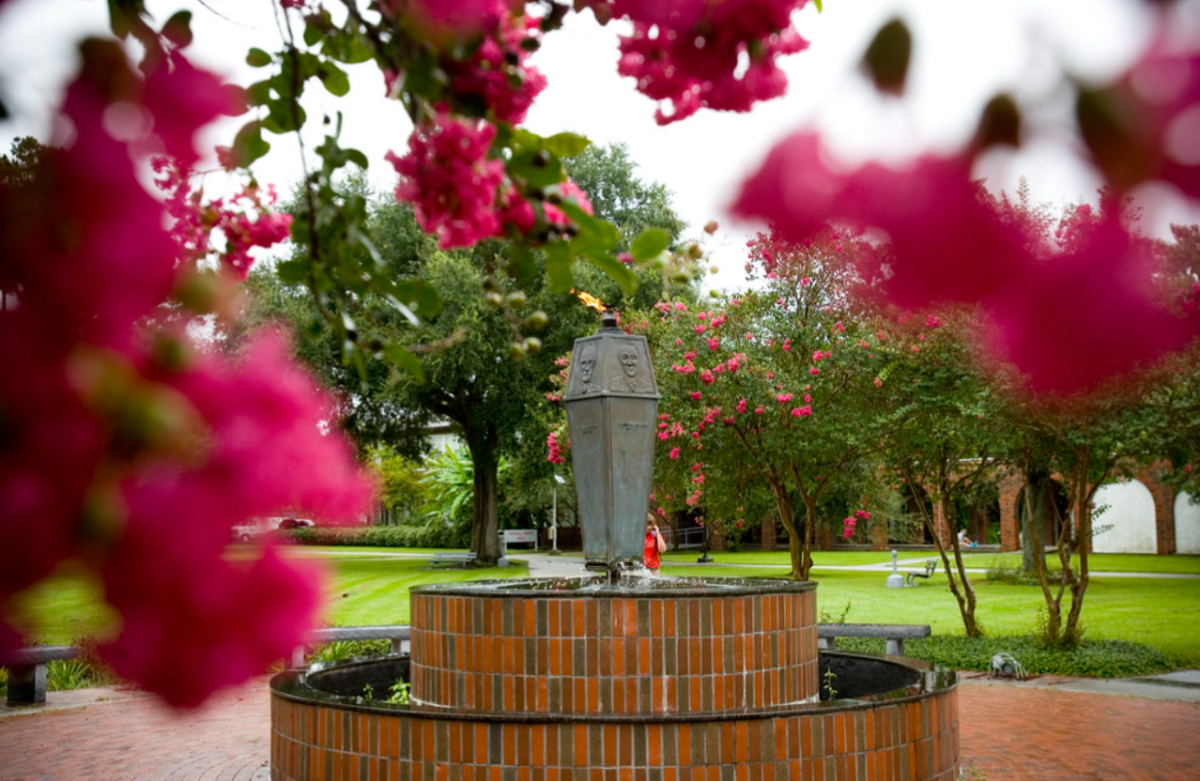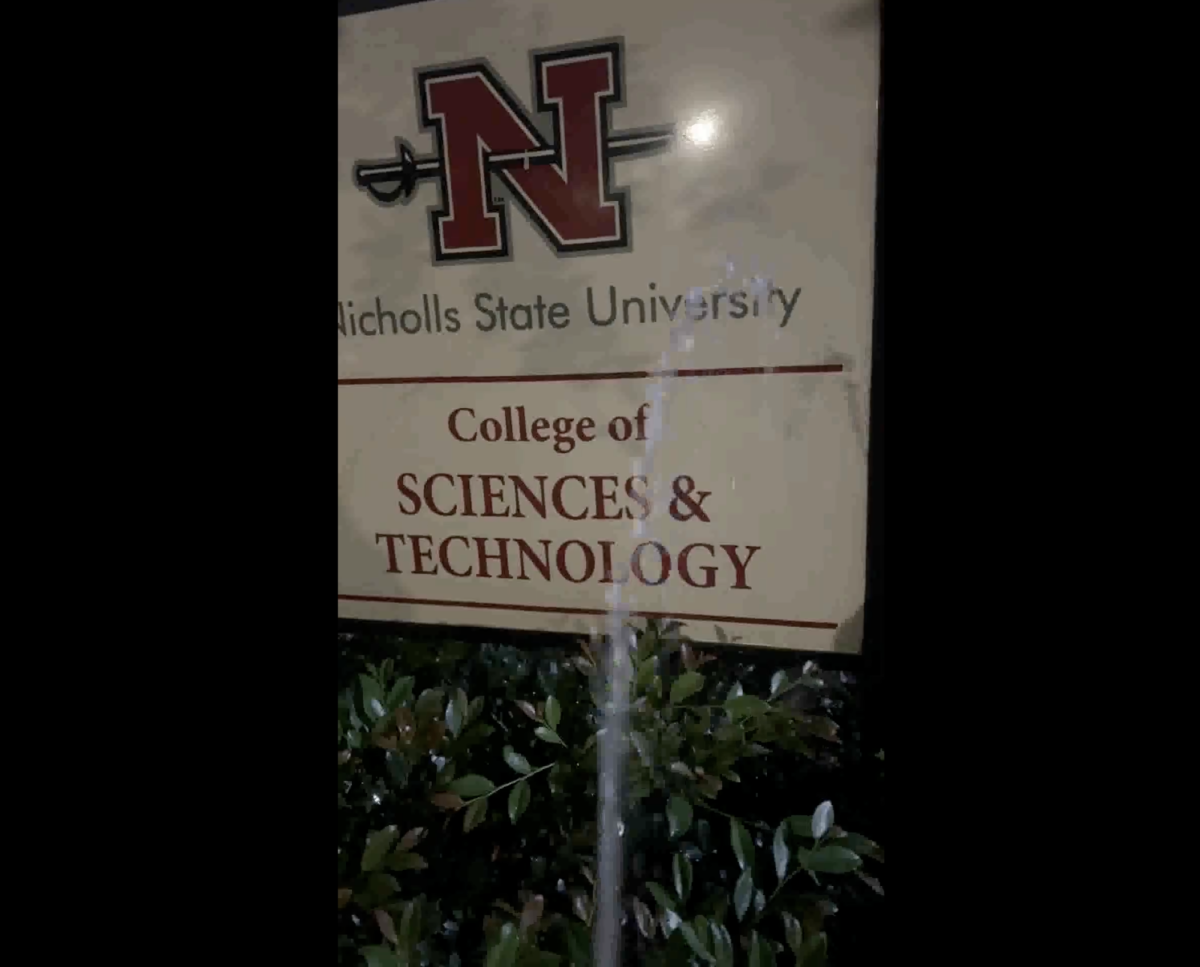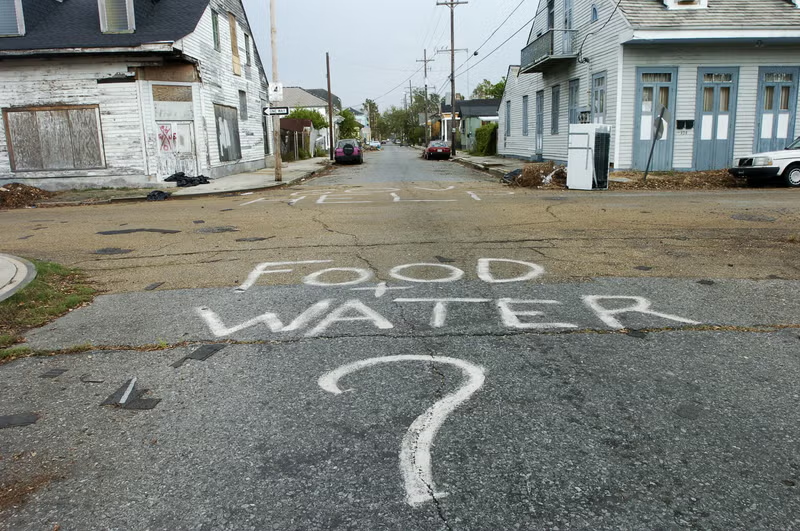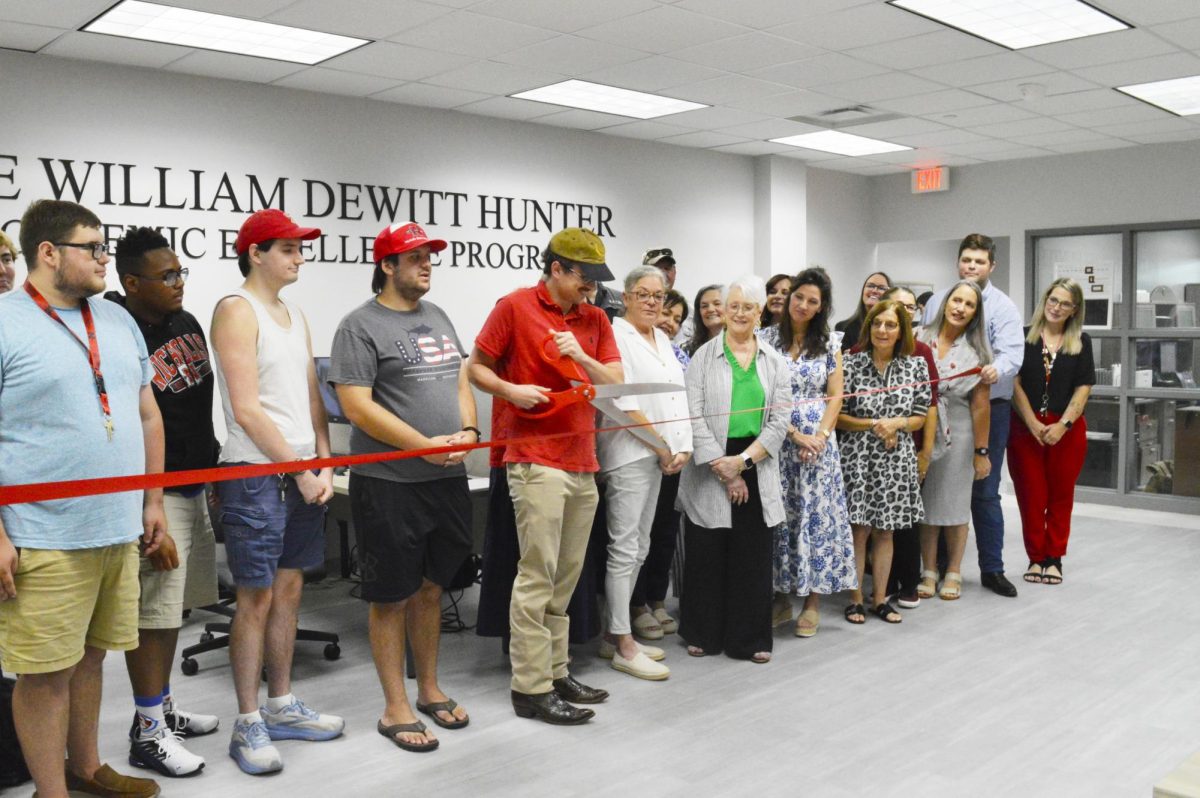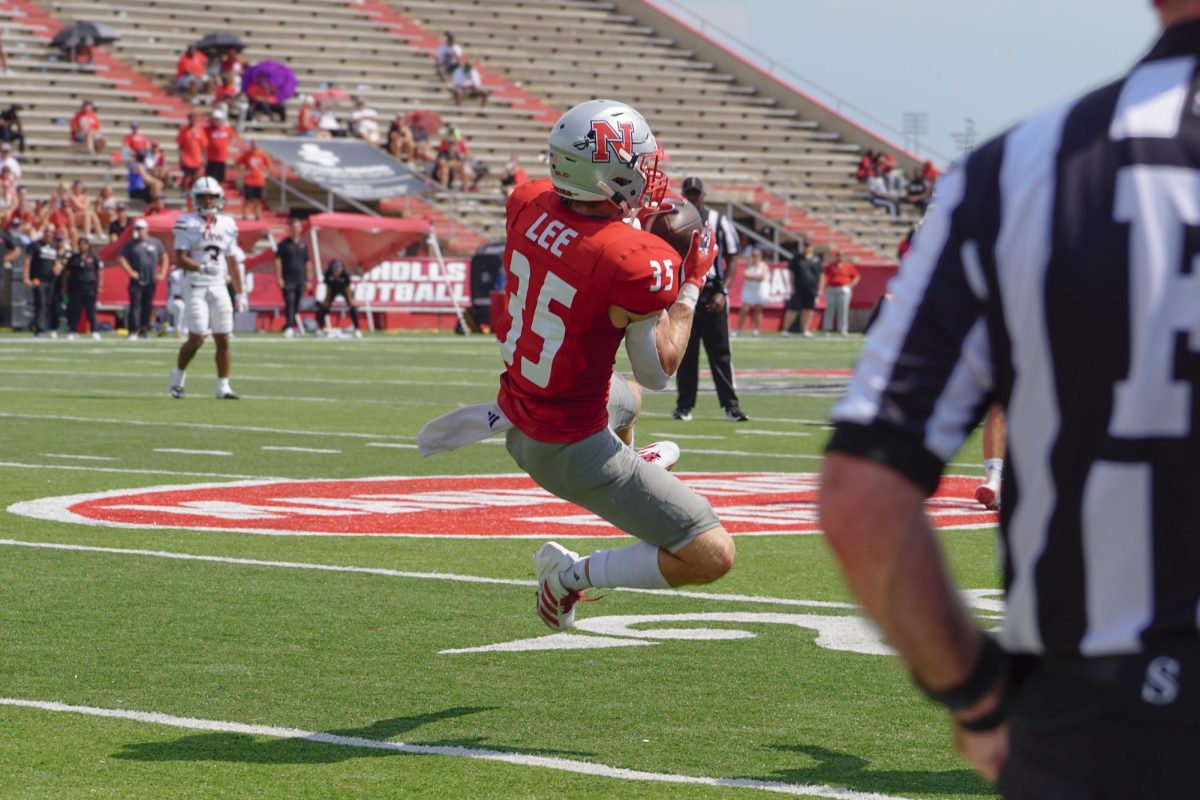The Levert Land Company, owner of the Rienzi home and the seven acres of land that the house stands on, has donated the house and property valued at more than $1.3 million to Nicholls as part of the capital campaign project. The Rienzi home, located on Highway 308, was built around 1796 as a retreat home for Queen Maria Louisa of Spain. Nicholls, however, will utilize the property as the new home for the Chef John Folse Culinary Institute and it will be known as the Levert campus.
Donald Ayo, university president, heard that the Levert Land Company was discussing with the family the possibility of donating the home.
“I wrote to them and asked if they would consider this donation. Very shortly after, they did contact us and indicated that they had had a meeting with all of the family members and their board of directors, and that they would like to donate it to Nicholls,” Ayo said.
The family requested information concerning the intended use for the property, and were concerned with the preservation of the historical integrity of the home and property. At the signing of the contract last Thursday, the only stipulations the family had requested were that they be able to have a family reunion once a year on the grounds, that a member of the family sit on the advisory board for the museum and that the name Rienzi Levert remain on the building.
Ayo said the historical aspects of the home and the property will be guarded very carefully to preserve the aesthetic and nostalgic importance of it.
“In fact, Richard Weimer, who is the local architect, has donated many, many hours to this project since it started, actually walked the whole property and placed the buildings so we would not have to destroy, injure or put in jeopardy any of the large oak trees that are on the property,” Ayo said.
Ayo said he asked the family why they had decided to choose Nicholls to recieve this donation, and was told that they had visited the campus many times and had seen that it was well maintained and litter-free.
He said the family came to the conclusion that if Nicholls inherited the home, they would maintain the property with the same level of quality.
The property is currently on lease to the University for one dollar a month until July when the donation will be official. Currently, there is a request in to the state of Louisiana for $750,000 that has been approved by the Board of Supervisors, the Board of Regents and has been submitted to the Division Administration. The request is in the hands of Louisiana Governor Mike Foster for him to include in his capital outlay of requests, Ayo said.
“This [money] is to bring the main house, which is in excellent condition, up to fire code and physically impaired standards. Our plan is to use this as a museum, very similar to the New Orleans Museum of Art, but also to allow receptions to be held there which would be catered by our culinary arts students,” Ayo said.
Ayo said that asking the state to fund $750,000 on a $1.3 million donation is “pretty good business for the state of Louisiana,” and Commissioner for Higher Education, E. Joseph Savoie has indicated that it is a “no brainer” since the University is raising money from the private sector.
The main structure of the building will stay the same, but extra lighting may be installed for the museum, which will contain art objects, paintings and sculptures. Ayo was approached with the opportunity for the University to obtain a donation of a set of southern wartercolors as well as a monetary donation of $100,000.
“Once we have what I would call a very nice environment, a safe environment, a well lighted environment, certainly a climate controlled environment, I think we will have a lot of people who are going to step forward and either loan or donate pieces of art to the University,” Ayo said.
Through the capital campaign, Ayo said the plan is to raise more than $3.6 million from the private sector to actually build and house a culinary arts laboratory/ kitchen building on the property, and relocate the curriculum to that site.
“As of now we have already raised $1.3 million from the private sector, and very shortly, we will be announcing a function which will be held to honor Mrs. Ruth Fertel, who is the owner of Chris’s steakhouse,” Ayo said.
This event will take place on April 24 at the Ritz Carlton Hotel in New Orleans, and all proceeds from this $1,000 per plate dinner will go towards the total amount that the University needs for the culinary arts building. Fertel has donated $600,000 towards the campaign, and the main culinary building will be named for her.
“The culinary arts program is the fastest growing program that we have on campus right now, and the space that is needed to extend for additional laboratories, and things of that nature, is really not available in the building that they are in right now. So, the best thing is to actually relocate the whole facility to where they will have their own individual building for all of these functions,” Ayo said.
Construction will begin as soon as the University has all of the money in hand, he said, but it may take up to eight months to come to closure.
He said architecturally, the new buildings on the property have been designed to represent the various architectural features of Louisiana homes. A replica of a Creole cottage, and Acadian style home, and African hut and a small sugar producing building are also in the plans. Each building will be used for a different purpose such as apartments for visiting chefs, a resource center and a television station. The construction for these six buildings will go up for bid after all of the money for the buildings has been obtained, Ayo said.
“I think it is going to open up from a humanities standpoint besides the culinary aspect. Certainly, the culinary aspect is part of our culture, but the other things that go with it I think, are very important as far as saving this particular culture and informing other people of this culture,” Ayo said.
A plan for funding the maintenance of the building and the grounds has been drawn up, and the profit that leasing the Rienzi home for functions and receptions brings in will cover the cost of maintence. It was calculated that the University could bring in $138,000 a year by leasing the facility, Ayo said.
Students will be involved in the design aspect of the building, and Ayo said that will be important because they are the users of the building. Faculty members who are “the experts in the area” will also have input in the process.
“I think it is a wonderful opportunity both from the cultural standpoint, and certainly from an economic development standpoint. It is going to be very significant not only for our students, but for the whole community,” Ayo said.



